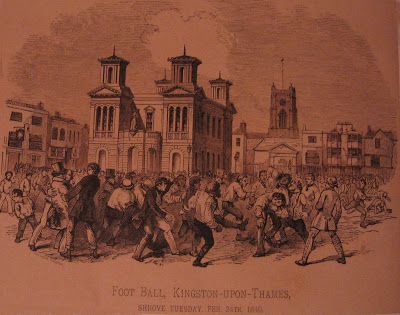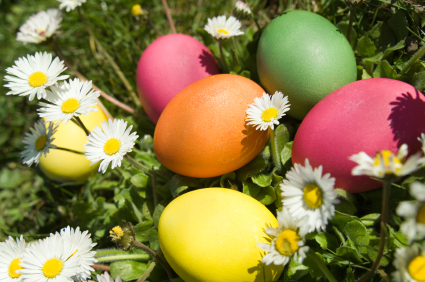By the Regency Era, Easter had evolved, not quite to what it is today, but to a celebration much less pagan than its origins and more religious in nature. However, people still knew how to have fun.
Holidays
Normally Parliament did not begin its first session of the year until after Easter and activities were curtailed between Palm Sunday and Easter Sunday, and especially during the 40 days of Lent when people were expected to refrain from “indulgence foods” like cakes or pastries, dairy foods, and fats Monday through Saturday, and from meat on Friday. (Sunday is not part of Lent) Even during years when Parliament resumed early, the official London Season with all its parties, balls, and routs did not fully begin until after Easter Sunday.
The day before Lent began was Shrove Tuesday, a day to confess sins to one’s priest (or to get “shriven”). According to Regency researcher and author, Regina Scott, it was also known as “pancake Tuesday,” the last opportunity to eat all the foods forbidden during Lent. The custom might have begun as a way to use up any of these foods one had in the house so they wouldn’t spoil. Other cultures used their last day of anything goes to create events such as Mardi Gras and Fat Tuesday.
Pre-Lent Games
 In England, a host of games accompanied Pancake Tuesday, including pancake races (flipping a pancake in a frying pan while running) and Street football, or Hurling, which is a cross between soccer and American football. You can read more about those games here.
In England, a host of games accompanied Pancake Tuesday, including pancake races (flipping a pancake in a frying pan while running) and Street football, or Hurling, which is a cross between soccer and American football. You can read more about those games here.
Lent
Lent, a time of fasting, abstinence, and curtailing behavior began.
According to noted Regency researcher, Nancy Mayer:
Easter Week
Easter Eggs
Many families also colored hard-boiled eggs using natural sources for dyes to give as Easter gifts. They also dyed Pasche Eggs, which were also called Pace Eggs, and carefully scratched the recipient’s name and age with a blade so that the white of the shell showed through the color. Others decorated eggs by using tallow to draw a design on the egg, dying it, then removing the tallow to reveal the design. People also decorated eggs by painting pictures on them using colored dyes. Children participated in egg rolls where they rolled eggs down hills or other angled surfaces in a race to the finish line, or even to see how far the eggs rolled.
Holy Week
Easter Sunday Customs
An important part of the day included Easter dinner, usually including ham or lamb, and, of course, hot cross buns.
Our Family Customs
Our family tries to balance the fun of Easter with the Christian religious aspect by spending Saturday decorating and hunting for eggs and having parties. This leaves Easter Sunday open for church service and more reverent observances. (However, the Easter Bunny does leave a few small gifts and candy in my children’s Easter baskets, which await them on the breakfast table Easter morning.) After worship at church, we set the table with our best dishes and enjoy a nice ham dinner.
What are your favorite Easter customs?
Sources:
The Historical Royal Palace Blog
Lesley-Anne McLeod, Regency author blog, an article written by Regina Scott



I just found out about this information in a Facebook group. I had no idea and honestly, no one brought it up until I read it this year. Thank you for all the research. It is really helpful.